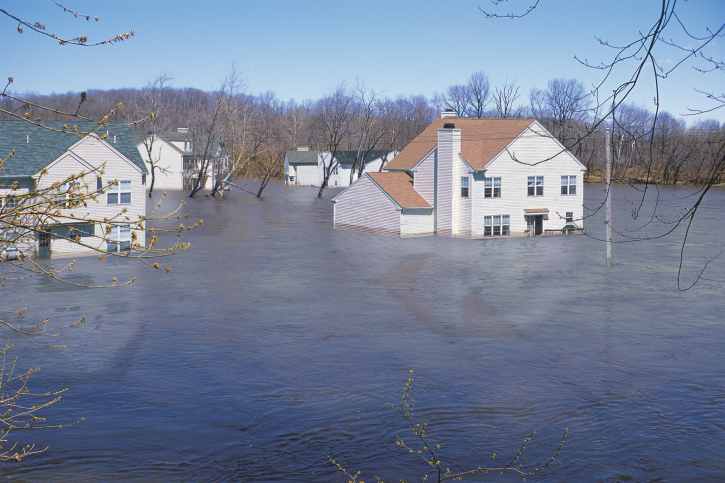 The COVID-19 pandemic has taken the world by storm. Millions of people all over the world have been infected and businesses have ground to a halt. During this time, it is important for everyone to take a breath, pause, and look at their insurance policies.
The COVID-19 pandemic has taken the world by storm. Millions of people all over the world have been infected and businesses have ground to a halt. During this time, it is important for everyone to take a breath, pause, and look at their insurance policies.
The reality is that the economic crisis is following in the footsteps of the obvious public health emergency. In order for everyone to hold their finances together, it is important to explore all of the options. This includes looking at insurance policies.
Business Interruption Insurance
One of the first policies or riders that everyone has to look for is called business interruption insurance. This is an insurance policy that might be able to assist companies that are struggling with reduced revenue streams due to interruptions in their normal business operations.
For example, if a business is forced to shut down due to the COVID-19 pandemic, this might fall under the category of business interruption insurance. This can help businesses bridge the gap until they can reopen again.
Civil Authority Clauses
This is a feature that is common in property insurance. This insurance claim can be triggered if government policies restrict the entry of people onto the property of the policyholder. If this restriction leads to lost income, then the insurance policy can be triggered. Everyone should check their policies to see if this clause is included as this can provide funds to businesses that might not otherwise be able to stay open.
Defensive Policies And Riders
Finally, defensive policies are often put in place to help companies defend against lawsuits that might be filed against the company related to injuries and illnesses. Without a doubt, there will be a slew of lawsuits filed related to the COVID-19 pandemic. Defensive policies can help companies cover legal fees, settlement costs, and other expenses related to these lawsuits.
Defensive policies are also called D&O insurance (Directors and Officers Insurance) as well as General Liability Insurance. It is important to read the insurance policy carefully to see if these policies are included.
Businesses need to explore every available option when it comes to reopening. These insurance policies can help them survive the COVID-19 pandemic.
 You’ve got house insurance, and assume your property is covered for any type of detrimental occurrence that can possibly take place.
You’ve got house insurance, and assume your property is covered for any type of detrimental occurrence that can possibly take place. When you are buying a home, you may run into a number of hurdles to complete the purchase. One of the items that you may be asked to purchase is called private mortgage insurance, often shortened to PMI. This is a unique insurance policy that your lender, such as the credit union or bank, may ask you to buy in order to protect themselves. In this insurance policy, the bank protects themselves against losing money if you end up defaulting on your loan.
When you are buying a home, you may run into a number of hurdles to complete the purchase. One of the items that you may be asked to purchase is called private mortgage insurance, often shortened to PMI. This is a unique insurance policy that your lender, such as the credit union or bank, may ask you to buy in order to protect themselves. In this insurance policy, the bank protects themselves against losing money if you end up defaulting on your loan. PMI, which is also called private mortgage insurance, is protect that the lender may ask the buyer to purchase. In the event that the buyer defaults on their home loan and the home enters foreclosure, the lender has a way to recoup their losses.
PMI, which is also called private mortgage insurance, is protect that the lender may ask the buyer to purchase. In the event that the buyer defaults on their home loan and the home enters foreclosure, the lender has a way to recoup their losses.